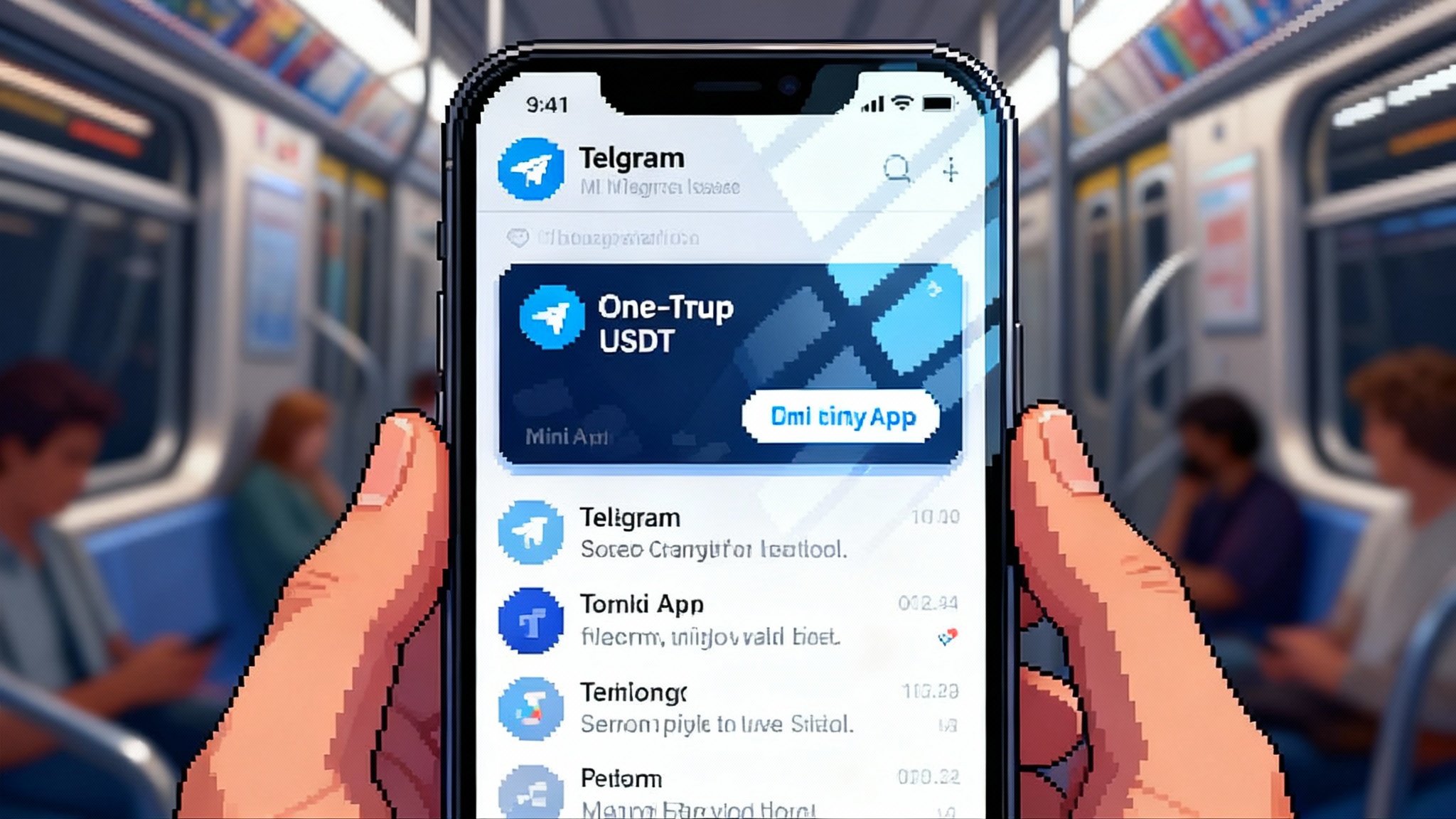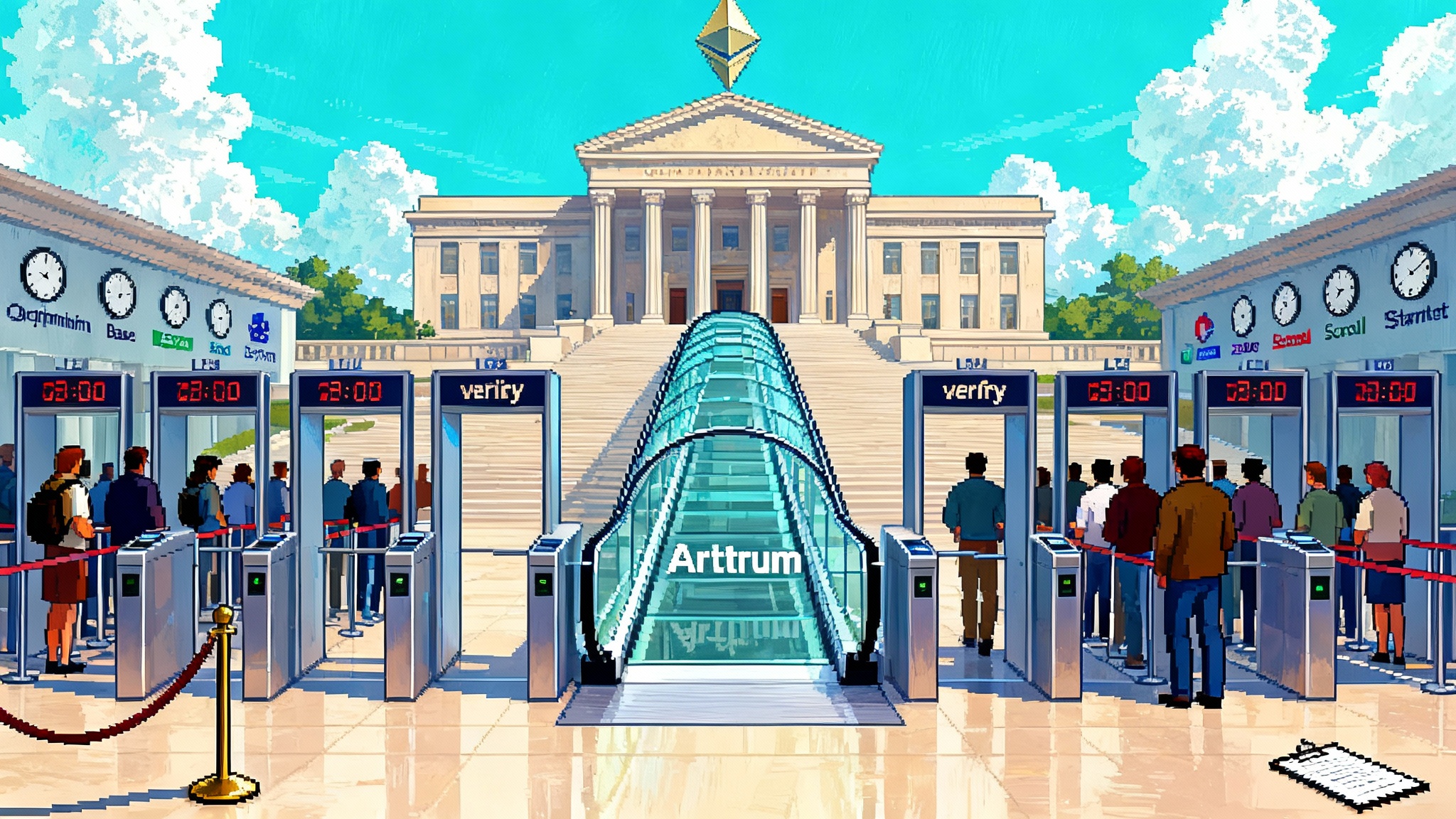Bitcoin Bridge Wars: BitVM Mainnet and BATTLE Arrive
Two breakthroughs in 2025 turned Bitcoin bridging from theory into shipping code. In July, Bitlayer’s BitVM Bridge hit mainnet beta; in October, BATTLE outlined a capital-efficient dispute tournament for honest-minority security. Here is what it unlocks, how it works, and what to watch into 2026.

The week bridges stopped being a side quest
For a decade, moving bitcoin across chains meant trusting a multisignature federation or a centralized custodian. In July 2025, Bitlayer pushed a different path into production with the BitVM Bridge going live on mainnet beta. In October 2025, a new research drop titled BATTLE proposed a capital‑efficient dispute layer tailored for Bitcoin. Together they turn the old question of how to move BTC into a concrete engineering roadmap rather than a philosophical argument.
This is the start of Bitcoin’s bridge wars. Not a marketing war, a mechanism war. The contest is about who can deliver trust‑minimized flow of BTC, using only what Bitcoin already supports today. No new opcodes, no soft fork dependency, no hoping that a future upgrade saves the design.
- Bitlayer’s bridge shows that an optimistic, BitVM‑style flow can run on mainnet policy today. See the announcement of the BitVM Bridge mainnet beta.
- A few months later, researchers introduced BATTLE, a tournament‑style dispute protocol that scales to large committees while keeping costs in check and sticking to standard timelocks and pre‑signed transactions. Read the BATTLE for Bitcoin paper.
Two links, two milestones, one direction. Trust minimization on Bitcoin without changing Bitcoin.
What changed under the hood
The old pattern for bridges asked you to believe a group of signers would not collude. The new pattern asks you to believe that at least one honest party exists who is willing to call out fraud inside a fixed window. That is a lighter, more resilient assumption, and it can be implemented with the tools Bitcoin already has.
Here is the simplest way to picture it. Imagine checking a long spreadsheet calculation. You do not redo the whole spreadsheet by hand. You ask the claimant to reveal specific intermediate cells. If any revealed cell is wrong, you prove the error in a few steps. That is the spirit of optimistic disputes. Most of the time the calculation is correct and no one needs to check every line. When something is fishy, the challenger can isolate the faulty step and settle it on chain.
BitVM gives Bitcoin a language for that check. Computation happens off chain. The right to escalate a single step to Bitcoin is prepared in advance using pre‑signed transactions and simple script conditions. The on‑chain part is not a full virtual machine. It is a set of gates that force a reveal, step by step, until both sides agree or the script punishes the liar. The penalty is paid out of security bonds that all operators lock up.
BATTLE builds on that spirit and focuses on something that many prototypes gloss over, economics under load. The paper proposes a dispute tournament with logarithmic rounds and reward recycling. That means an honest asserter does not need to scale their upfront capital in proportion to the number of challengers that show up. The protocol instead reuses penalties and rewards from early rounds to fund later rounds. This matters in the real world where an adversary can spawn a crowd of sock‑puppet challengers to try to starve the asserter of capital.
The BATTLE design also embraces large operator committees. It accepts that you may want hundreds or thousands of independent entities to watch the bridge. It pays the coordination cost upfront in the form of many pre‑signed transactions and message exchanges so that at runtime the bridge behaves like a simple, predictable machine.
How a deposit actually moves
Let us walk a satoshi through the system.
-
A depositor sends BTC to a lock script on Bitcoin that is controlled by the bridge. This script enforces timelocks and encodes the penalties that slash misbehavior.
-
The bridge operators attest to the deposit on the destination chain. In a BitVM setting, the attestation is not the final word. It is a claim that can be challenged for a fixed window, for example one to two days, depending on policy and fee conditions.
-
During that window, anyone who can prove a fault opens a dispute. A dispute is not a four‑hour court case. It is a short game with rounds. The challenger requests the evaluation of a specific step. The asserter reveals the required wires, or loses. Each move in the game has a pre‑signed exit on Bitcoin, so the game cannot stall forever.
-
If no valid challenge is raised before the window ends, the deposit is finalized and the user has their BTC credit on the destination chain. If a challenge wins, the operators who signed a false claim are slashed on Bitcoin and the incorrect credit is voided.
The power of this pattern is that most deposits finalize without drama. The expensive path only triggers when someone is actively trying to cheat. That keeps average cost and latency low, while keeping the fallback path anchored to Bitcoin’s finality.
Liquidity fronting, the missing business model
A common pushback to optimistic bridges is the wait. Anyone who used early rollups on other chains knows that waiting out a dispute window can feel slow. Liquidity fronting is how the market makes the wait disappear for honest users while staying safe.
Here is how a fronting desk works.
- The desk observes a deposit transaction to the bridge on Bitcoin and immediately credits the user on the destination chain, minus a small fee.
- The desk hedges the price risk of the credited BTC across venues while the dispute window ticks down.
- When the bridge finalizes, the desk collects the official credit and closes the hedge.
This is not theoretical. Market makers already run similar flows on optimistic rollups. The parameters on Bitcoin are different. Time preference is higher, the fee market is spikier, and custody risk has a different profile. But the core mechanics are the same. The gaps that desks will care about are predictable, challenge rates, fee volatility, and the reliability of the bridge’s watcher set.
Expect fronting to get packaged into wallet user experiences. Users will pick Standard finality or Fast credit. Fast will show a clear fee and time estimate, and it will disclose the desk behind the credit. Competition should drive those fees down once volumes rise.
Why builders should care in 2026
If these systems hold under stress in 2025 and early 2026, two big unlocks follow.
- BTC as pristine collateral. A bank or a decentralized finance protocol can accept BTC that is provably locked by an on‑chain dispute system rather than by a custodian. That reduces correlation risk in a crunch and opens conservative capital to Bitcoin yields. For the broader institutional backdrop, see Wall Street onchain RWA shift.
- Real BTC rollups. Today, many so‑called Bitcoin Layer 2s are sidechains with trusted bridges. BitVM‑style disputes and BATTLE‑like tournaments give a path for data availability, execution, and finalization that points back to Bitcoin. Lessons from Arbitrum’s BoLD on L2s will inform design trade‑offs.
What becomes possible once you can assume robust, permissionless challenges on Bitcoin itself: perpetual swaps settled against BTC that never leaves the security envelope, file storage markets that use BTC as bond and settlement currency, and rollups where wallets can show a unified view of on‑chain BTC and rollup BTC with precise timing for finality. These building blocks complement the Bitcoin‑native staking security cloud.
What BATTLE adds to the playbook
BATTLE is not a brand. It is a set of design choices that were not obvious two years ago. The headline ideas are simple and practical.
- Disputes are played as an elimination tournament. That reduces griefing by many small challengers and keeps the escalation cost bounded.
- Rewards are recycled. The honest party does not need to post a mountain of capital to endure a wave of challenges. Early rounds fund later rounds.
- Everything is built from standard Bitcoin parts. The protocol relies on pre‑signed transaction graphs, CSV and CLTV‑style timelocks, and script branches for escape hatches. No new opcodes are required.
- The committee can be large. The paper presents a pattern that remains workable when you have hundreds or thousands of watchers and operators.
That last point matters because decentralization at the bridge layer is not a nice to have. It is the difference between a resilient network and a capture point.
The open risks, named and measured
Progress does not delete risk. It names it and reduces it to a checklist.
-
Denial of service economics. If an attacker can flood the dispute arena with cheaply created challengers, they can raise the working capital needed by honest asserters and market makers. BATTLE’s tournament design is an explicit answer, but parameter selection will make or break it. Watch for bridges that publish their dispute window math, per‑round bond sizes, and challenge throughput under load tests.
-
Committee decentralization. Large numbers are not the same as diversity. A thousand keys can collapse to one operator through social or economic ties. Real decentralization means independent watchers with their own incentives and infrastructure. Builders should disclose committee composition, churn rates, and the share of challenges initiated by independent actors.
-
Audit maturity. BitVM‑style circuits and transaction‑graph scripts are new ground. Bugs here are less like coding mistakes and more like cracked safes. They will be rare and catastrophic. Expect at least two independent audits, a live kill switch that can only freeze new deposits (not withdrawals), and a staged limit structure that starts small and rises with demonstrated stability.
-
Mempool and policy reality. Pre‑signed transactions need to confirm through fee spikes and miners’ policy shifts. Bridges should publish fee‑bumping strategies, child‑pays‑for‑parent plans, and a clear approach to non‑standard outputs if any are used. Where possible, stick to standard templates.
-
Operator incentives. The dispute game must pay honest actors on time and in full. If rewards are delayed or clawed back, honest watchers will not show up when it is inconvenient, which is precisely when they are needed. Designs that escrow rewards or pay out from slashed bonds quickly will outperform.
The next six quarters, a builder’s checklist
The opportunity is to compress a multiyear trust debate into an eighteen‑month ship schedule. Here is a practical lens for the road ahead.
Milestones to watch
- July 2025. Bitlayer shipped a mainnet beta of its BitVM Bridge, and partners began lining up to add routes. That was the first public proof that these flows can survive on Bitcoin’s mainnet rules.
- Q4 2025. BitVM bridge integrations are planned by several teams that tested earlier in the year. Volume will shift from pilots to meaningful flow if fronting spreads tighten.
- October 2025. BATTLE’s publication gives the community a well‑specified dispute tournament to benchmark against. Expect remixes and hybrids.
-
- First production‑grade BTC rollups that lean on these mechanisms rather than federations. Early candidates will likely run constrained feature sets, but they will be real.
What builders should do now
- Implement reference dispute bots. Treat them like client software for a chain. Publish them, pay bounties for alternative implementations, and simulate adversarial load with public dashboards.
- Add fast credit rails. If you run a wallet or a protocol front end, integrate at least two independent fronting desks and display both quotes side by side. Users will pick the desk and the fee.
- Measure and publish attainment metrics. Finalization time distributions, challenge rates, bond utilization, and slashing events. Public metrics are a moat because they attract conservative capital.
What wallets should surface
- Clear dispute windows. Show the countdown next to pending credits so users know when BTC is fully final.
- Origin proofs. Let users click into the locking transaction on Bitcoin and the claim on the destination chain without leaving the app.
- Risk disclosures. Label which credits are fast fronted versus finalized, and show the operator or desk behind the credit.
What market makers should price
- Per‑route risk. A BTC to Base route may behave differently than a BTC to Sui route because of fee markets and dispute congestion. Quote accordingly.
- Capital recycling assumptions. Test whether a design like BATTLE actually keeps your working capital constant as challengers increase. If it fails in practice, push the bridge to adjust parameters.
- Insurance overlay. Price a backstop that triggers if disputes stall because of fee spikes or infrastructure outages. Pass the cost transparently and compete on efficiency.
The competitive field, framed by real assumptions
The bridge wars are not only between teams like Bitlayer, BOB, and the Rootstock and Stacks communities. The real competition is between assumptions. Do you trust an honest minority to catch lies, or do you trust a federation not to collude. Do you want finality that is slow but provable on Bitcoin, or speed that depends on a human committee. In 2025 the market finally got production systems that let us test the lighter assumption at scale.
There will be forks, paper debates, and a few painful incidents. That is how infrastructure grows up. What matters is that the shape of the end state is now visible, an optimistic dispute path on Bitcoin that keeps the base layer simple while letting BTC flow where it is useful.
A practical conclusion
Bitcoin does not need to change its rules to change its reach. With BitVM running in the wild and BATTLE proposing a credible path to scale disputes and committees, builders have a viable blueprint. The work from here is not to wish for new opcodes. It is to engineer honest‑minority systems that survive market stress, to package fast credit experiences users understand, and to publish the numbers that conservative capital demands. Do that, and 2026 will be the year BTC stops being a stranded asset and becomes the backbone collateral of a cross‑chain economy.








